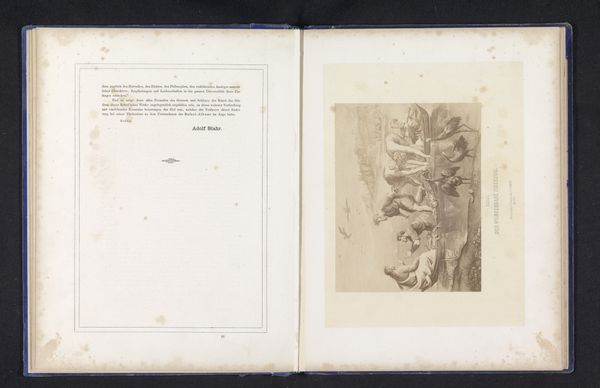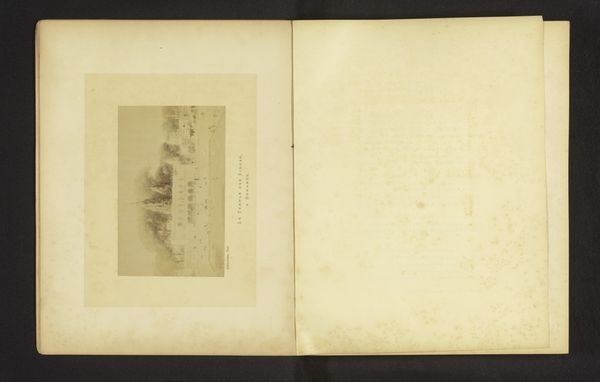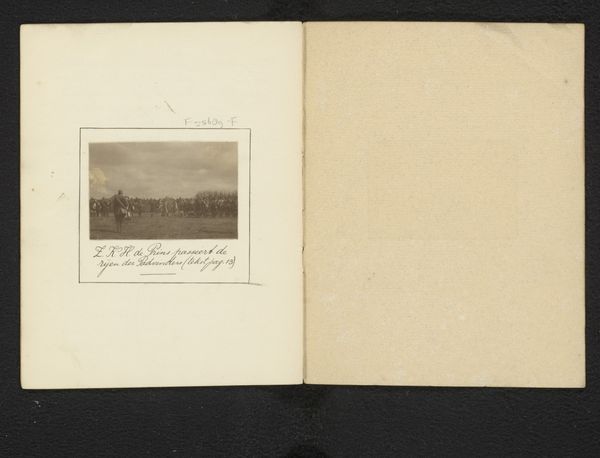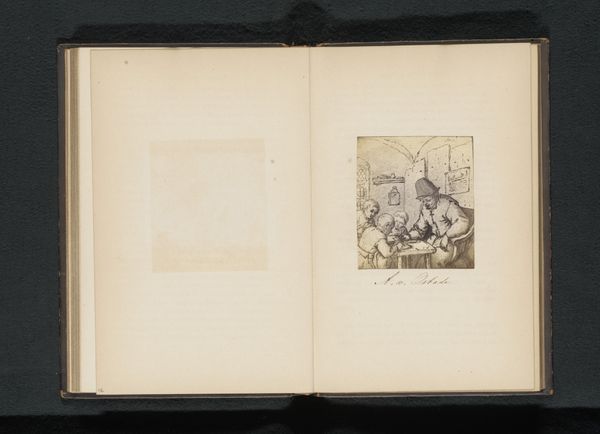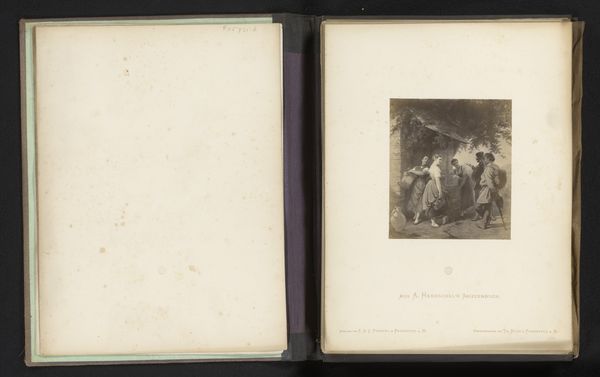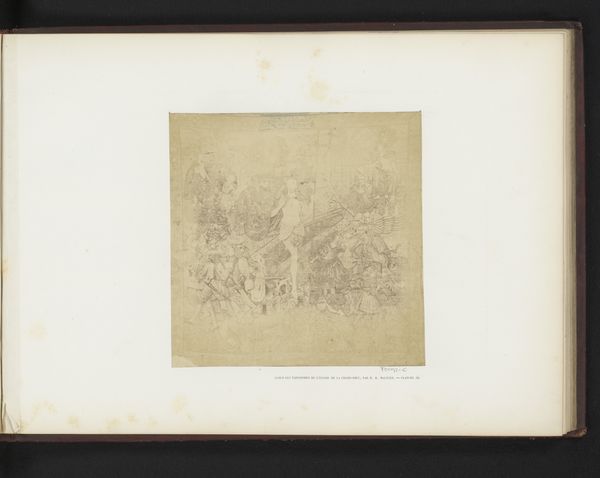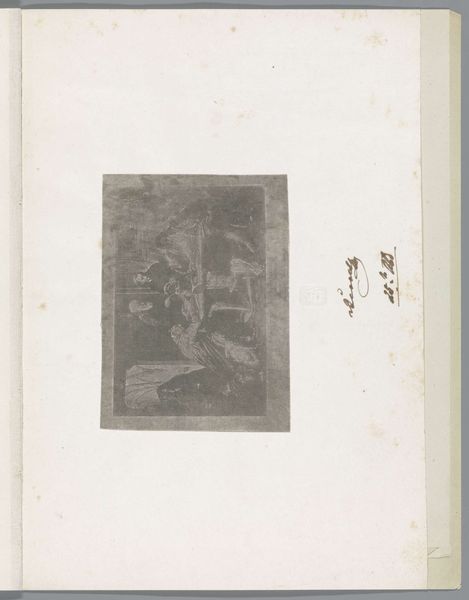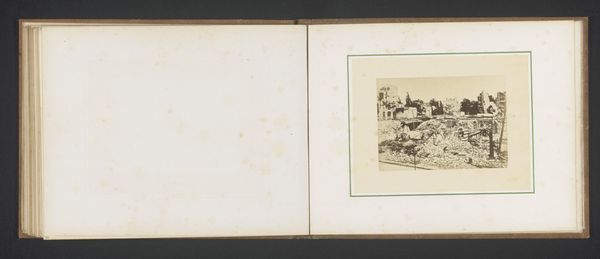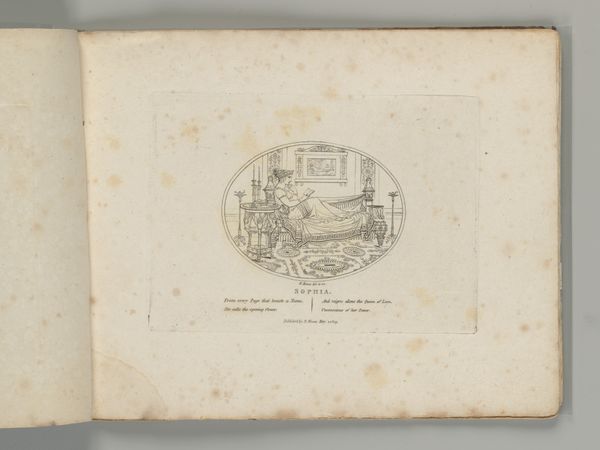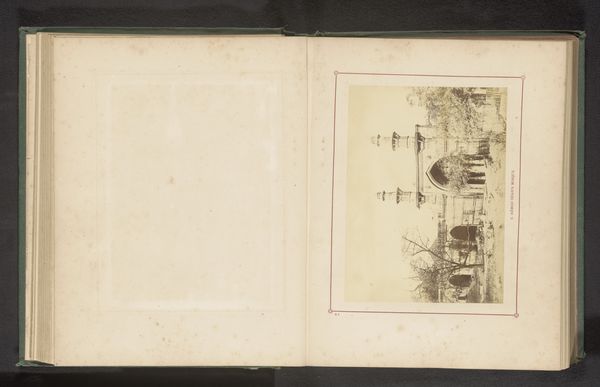
drawing, print, paper, ink, engraving
#
portrait
#
drawing
#
water colours
# print
#
figuration
#
paper
#
ink
#
coloured pencil
#
orientalism
#
line
#
history-painting
#
academic-art
#
engraving
Dimensions: height 55 mm, width 86 mm
Copyright: Rijks Museum: Open Domain
Curator: Well, here we have "Ex libris van Christian Hammer, Stockholm," dating from between 1846 and 1905. This delicate print, currently residing at the Rijksmuseum, appears to be rendered with ink and engraving on paper. Editor: It has such an old world feel to it. It’s like glimpsing something from a classical history book— all in miniature. Curator: Indeed. The imagery clearly evokes antiquity, possibly reflecting Christian Hammer’s scholarly interests. As an ex libris, a bookplate, it acts as a symbolic guardian of the written word, imbuing it with historical gravitas. Editor: And the choice of a chariot scene is so pointed. Chariots are not just about transport; they represent power, triumph, the momentum of history itself. Was Hammer involved in shaping public opinion? Curator: It’s quite likely. Bookplates served not just as ownership markers, but also as miniature statements about the owner's identity, values, and social standing. He likely wanted to suggest being cultivated, and learned, very powerful messages in a small space. Editor: I wonder how its display impacts us now. As a digital reproduction, separated from its original context within a book, it loses that sense of intimacy, becoming an isolated emblem instead. Does that shift its symbolic weight? Curator: Absolutely, it reframes its function from a personal mark of ownership to a publicly accessible piece of history, and an exercise in interpreting the past. Its current presentation invites reflection on the democratization of art, wouldn't you agree? The internet ensures its wider reach and access, shifting ownership from the individual to a communal digital space. Editor: A powerful shift. Even as we gain accessibility, we also need to acknowledge and investigate what is potentially lost from not holding a personal relationship with a given piece. Curator: A fair and crucial assessment. It keeps the art world open for debate, and further understanding, I find. Editor: Exactly! Thank you.
Comments
No comments
Be the first to comment and join the conversation on the ultimate creative platform.

